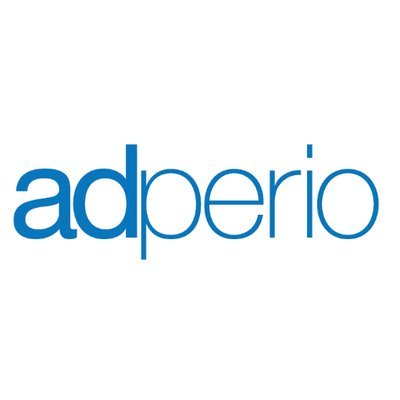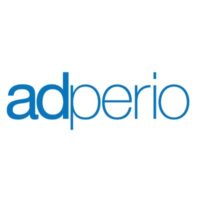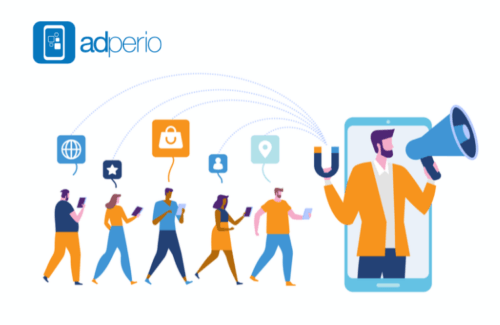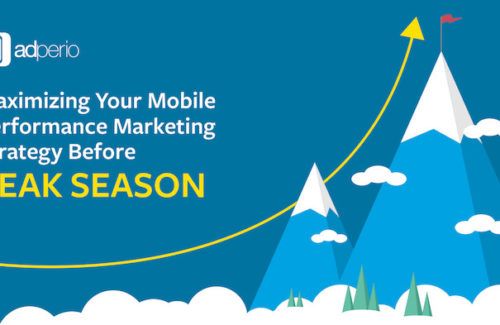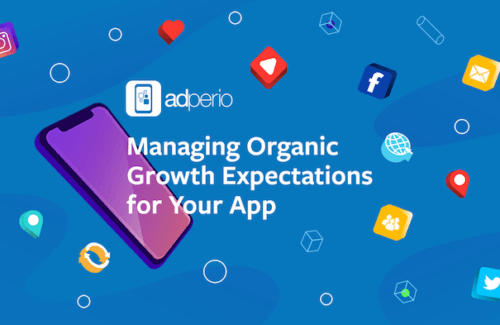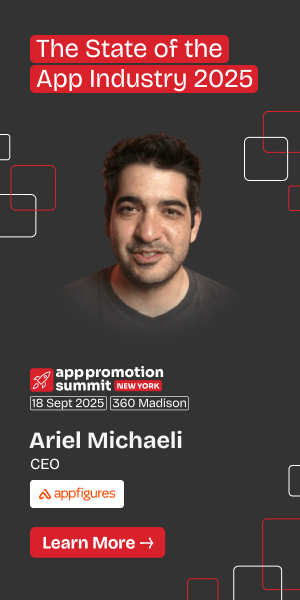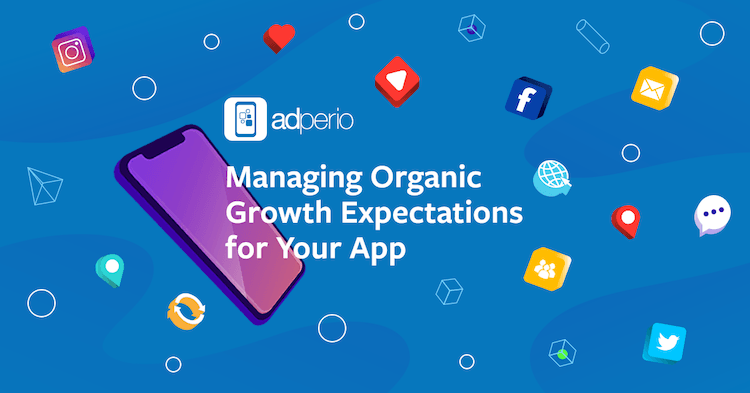
Post-app launch, every decision you make is crucial to the success of your app in an over-saturated marketplace, with one of the most important decisions being how you plan to acquire new users. That leads us to this pivotal question: is it better to use paid or organic channels?
Inevitably, marketers are drawn to the appeal of the “free” organic approach, dazzled by stories of companies making it big through word-of-mouth. But the reality of the situation is that organic growth alone is not enough to compete in today’s market – and many of these stories are the exception, not the norm.
In reality, the solution is a little more complex. A truly great app marketing approach involves a mix of both paid and organic efforts, and by understanding their synergy, you can maximize your app campaign’s performance potential.
Organic Doesn’t Mean Free
Possibly one of the most common misconceptions we see around organic growth is that it’s the “free” way to acquire users for your app. Most likely, this stems from the common comparison of “organic” vs “paid” user acquisitions. The problem here is that many marketers will categorize the paid acquisitions as those that can be traced back to a click that occurred on a paid ad… and organic as everything else.
What this falsely implicates is that everything other than paid ads is cost-free. That means the results of more traditional, wide-reaching, harder-to-attribute forms of advertising (such as television, radio, print, and some forms of internet advertising) are then lumped in with “free” organic growth.
Outside of the users that are influenced by traditional above-the-line marketing, there are also the users acquired from word of mouth, and those who are already on the market for your product and are actively searching. These also get pushed into the organic category. As you can now see, what you’re calling free users are really just users that are hard-to-attribute – some being “free”, and some the result of paid efforts.
Organic vs. Paid Comparison is Too Simplistic
Once you understand that organic users are not only those that come from truly free efforts, but also the users that are harder to attribute/part of above-the-line marketing – you can see that measuring paid vs. organic splits is inaccurate.
When you’re comparing the two it’s important to remember some of your in-house marketing costs (blogging, SEO, social, etc.) are contributing to the organic users. Realistically, the split should be viewed more as performance marketing vs. everything else.
Unfortunately, there are still aren’t many perfect attribution options for your PR and Marketing efforts, but there are some tools, and those should be utilized. A CRM tool can help you track leads from your marketing efforts, market research can help you see if your messaging is reverberating with your audience – there are efforts you can make to help make more informed comparisons between your performance marketing and your organic marketing.
Organic and Paid Install Synergy
When all is said and done, despite the hurdles to overcome in truly understanding organic and performance marketing splits, both are incredibly important to your app install campaign. The marketing methods used to garner organic installs are an important part of establishing your brand image, optimizing the searchability of your app, and increasing your brand’s chance of long-term visibility for those actively seeking out your product type.
As many leading marketers know, paid performance marketing and organic marketing work better together – and the results of their synergy are pretty powerful. A recent study by Tune has shown that paid app installs increase organic installs by 1.5 times, across the board. In some app categories, paid advertising has been shown to boost organic installs by as much as 16 times!
How exactly do paid campaigns boost organic installs? The Apple App Store and Google Play both use a number of factors to determine your ranking in app categories and keywords. These include reviews and engagement – factors you can use to influence in the design of your app. The app stores also look at install volume and install velocity, so paid campaigns are one of the ways to boost your app’s ranking and discoverability. When your app is highly ranked, it has more visibility for organic installs to take place.
The Takeaway
While there are many false beliefs about organic install methods, that’s not to say it isn’t an important aspect of your advertising campaign. But as an industry, we need to do a better job of defining what exactly makes up organic marketing, and its associated costs. Organic marketing methods are expansive, and to claim that they’re all “free”, then compare them to paid performance marketing, is not a realistic comparison.
The reality is both involve some sort of monetary component – whether it be direct or indirect. And anomalies aside, the most successful app install campaigns employ a balance of paid and organic strategies, not simply one or the other. While organic methods like ASO and content creation around your app’s launch are a crucial part of establishing your app among the competition, paid channels are key in increasing your app’s immediate visibility and providing tangible, usable data for decision making. With proper use of both paid mobile performance marketing and organic strategies, your app install campaign will be successful in consistently finding new quality users.
Are you ready to ramp up your mobile performance marketing campaigns? With over 24 years in the business, we know how to propel mobile growth. Contact Adperio to find out how we’re redefining mobile performance marketing.

